Drone Warfare
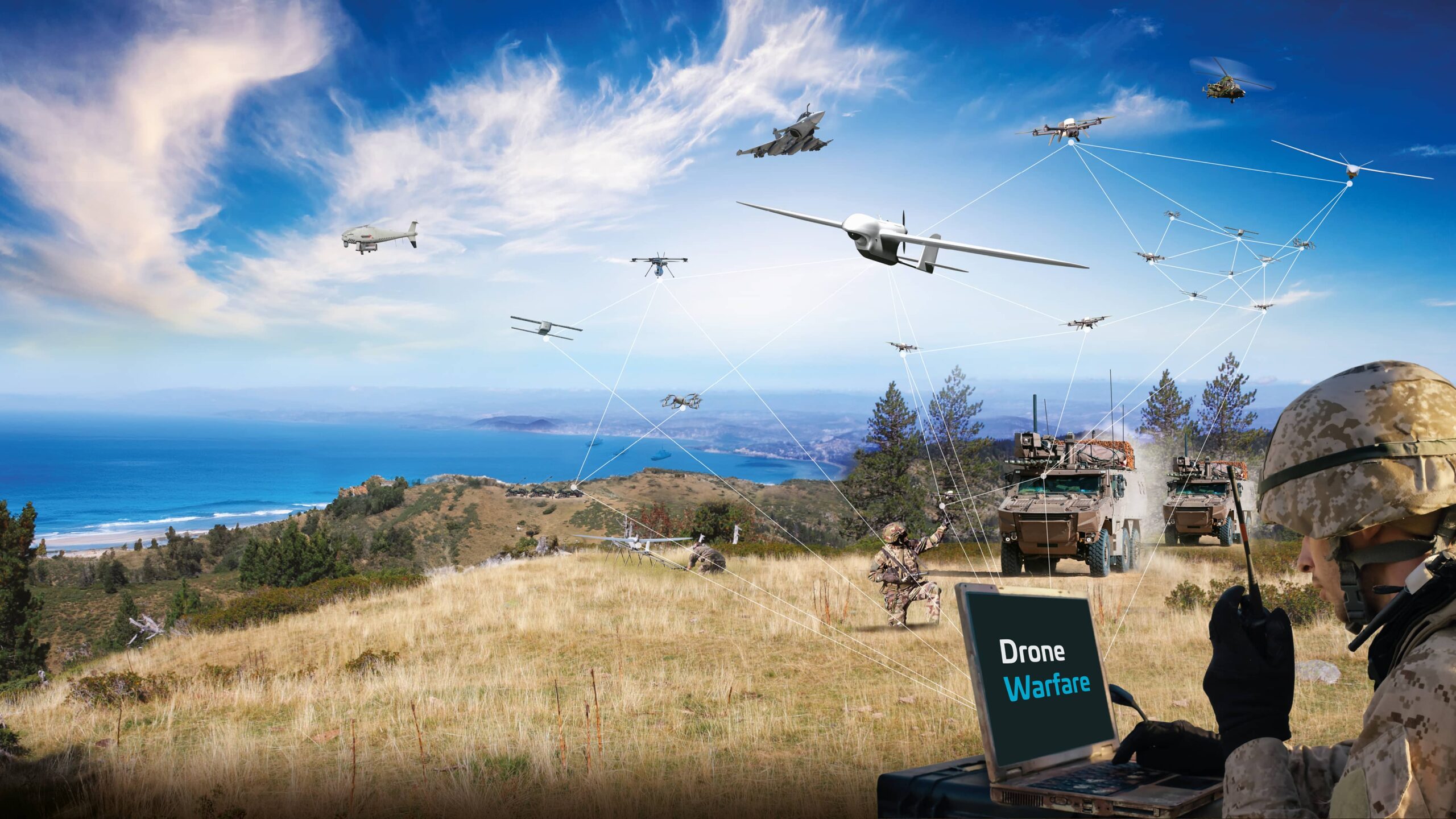
Operational feedback
What have the latest Ukrainian feedback and the first NATO exercises since the beginning of the year learnd us?
The Russian-Ukrainian conflict on the doorstep of the European Union marks the return of mass warfare.
In combat, fixed- and rotary-wing UAVs have become indispensable. Drones and loitering munitions are used massively in contact, for both observation and aggression missions, in both centralized and decentralized units. The first AI-enabled drone swarms have appeared.
While contact drones have revealed their strategic character, their use has also revealed points of weakness:

High to very high attrition rate
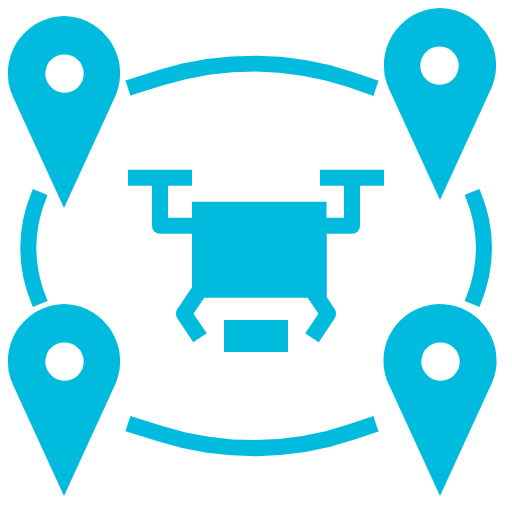
Heterogeneous fleets & control systems

Lack of integrated & secured links
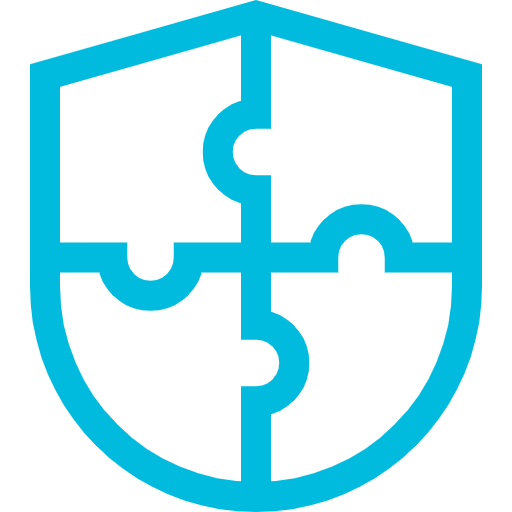
Vulnerability to countermeasures
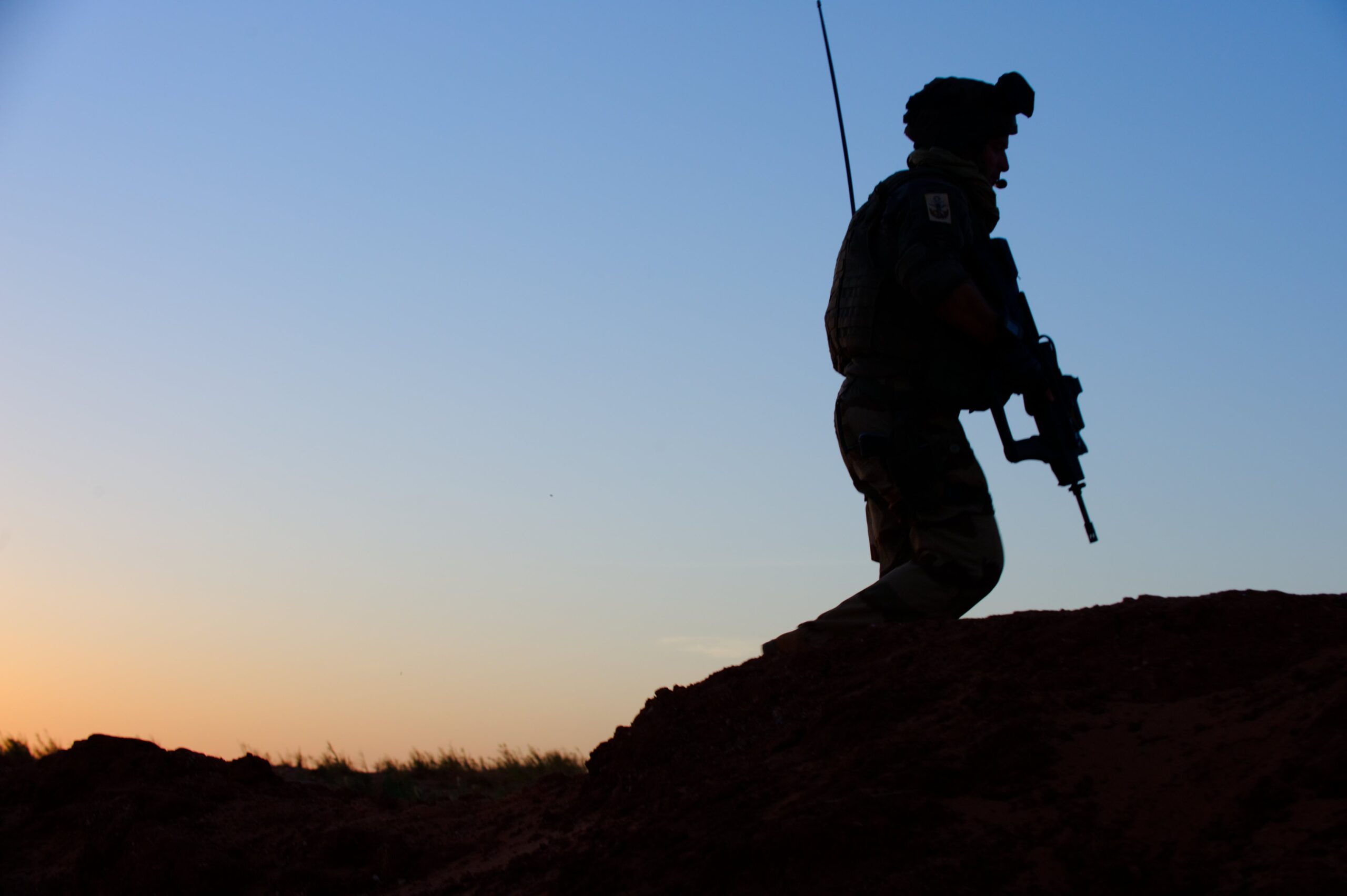
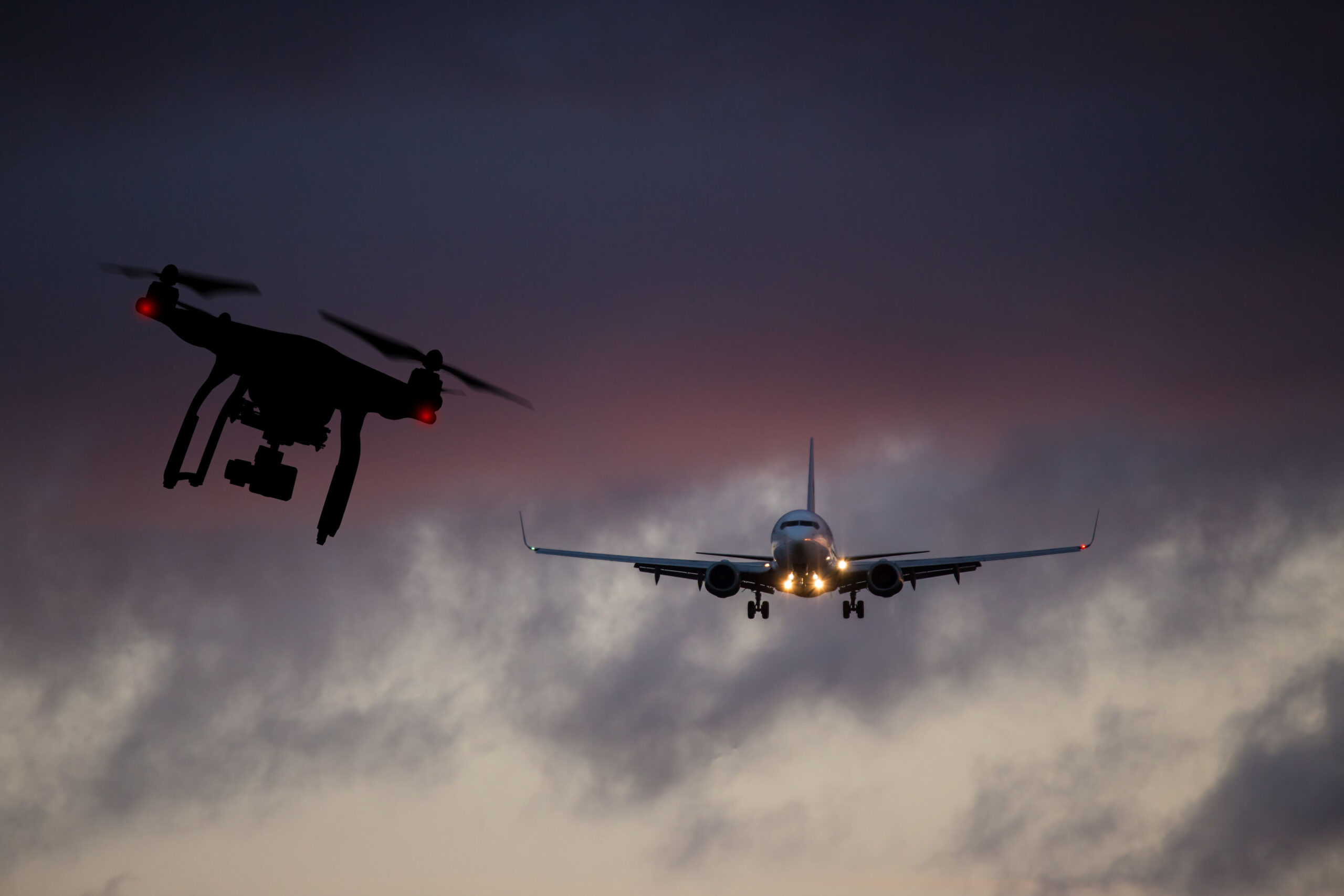
These feedbacks demonstrate the need for the Defence Technology and Industrial Dependencies to propose innovative solutions to the armed forces:

Supply rustic and mass-produced inexpensive UAVs

Provide UAVs with the right level of sophisticated components

Provide AI-integrated UAVs for navigation
In concrete terms, the Forces must have access to :

The best payloads
wether optical, electronical warfare, or military on loitering munition in particular

Robust, cyber-secure, datalinks

Standardized Command & Control stations
capable of operating different platforms from a dismounted or vehicle-mounted operator, or even in more integrated systems.
By relying on our Defence Technology and Industrial Dependencies partners, and via a simplified procurement process, we will be able to work together, in an organized way, to mass-produce the contact and MTO UAVs needed by the armed forces.

Bernard Barrera
Land-Defence Adviser, Thales
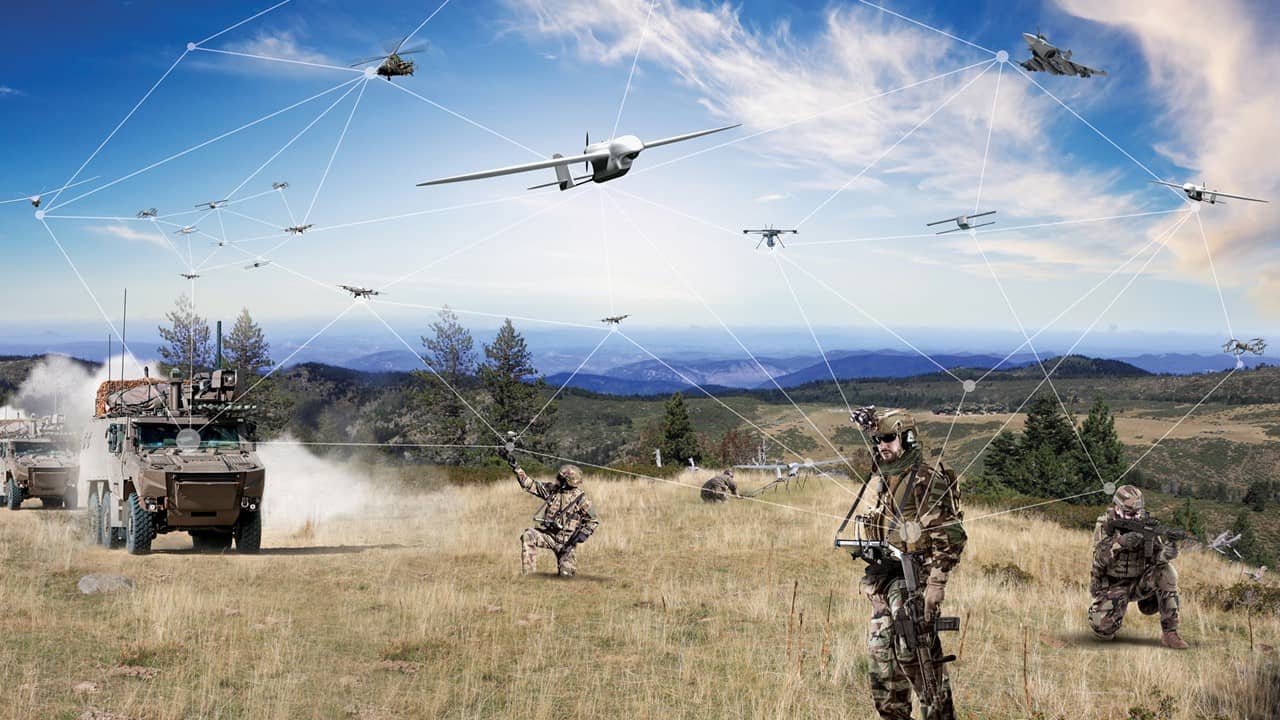
The Drone Warfare offer
Thales and its Defence Technology and Industrial Dependencies partners have listened to the needs of the French Armed Forces at a time of resurgent high-intensity conflict, and are in a position to meet them. To make combat UAVs decisive in the field, the DITB is focusing on two key areas:
- Their autonomy to reduce the saturation effect
- Their functional integration with other air-land and naval combat systems.
Only a generic architecture will be able to orchestrate the implementation of AI-based autonomy bricks designed to massively operate low-cost UAVs in swarms.
Interoperability with land, air and naval platforms, including artillery and ground-air defense, requires cyber-secure communications and command-and-control systems that are resistant to radio and GPS jamming. These are Thales’s core businesses.
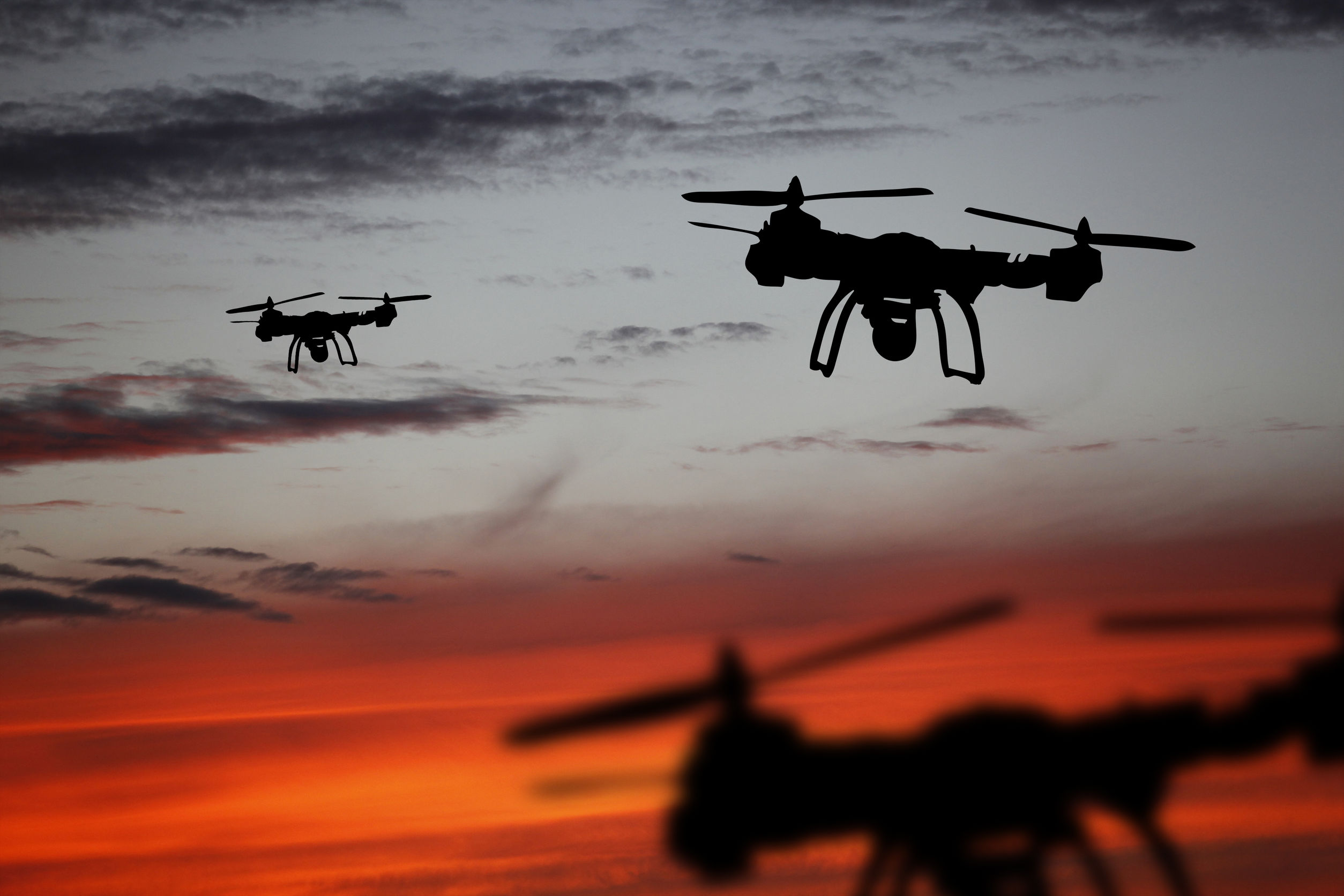

By combining the agility of SMEs and their speed of innovation with the ability of a Group like Thales to define and design drone systems and master their integration into current and future operations, we will be able to collectively meet the needs of the armed forces in the face of rapidly changing conflict conditions.
This is what the merger between Thales and Aeromapper is all about. In this operation, Thales sees its position as integrator of the contact drone ecosystem strengthened, while Aeromapper retains the capacity and speed of innovation that have made the company a recognized player in the DITB.

Hervé Dammann
Executive Vice President, Land and Airborne Systems, Thales
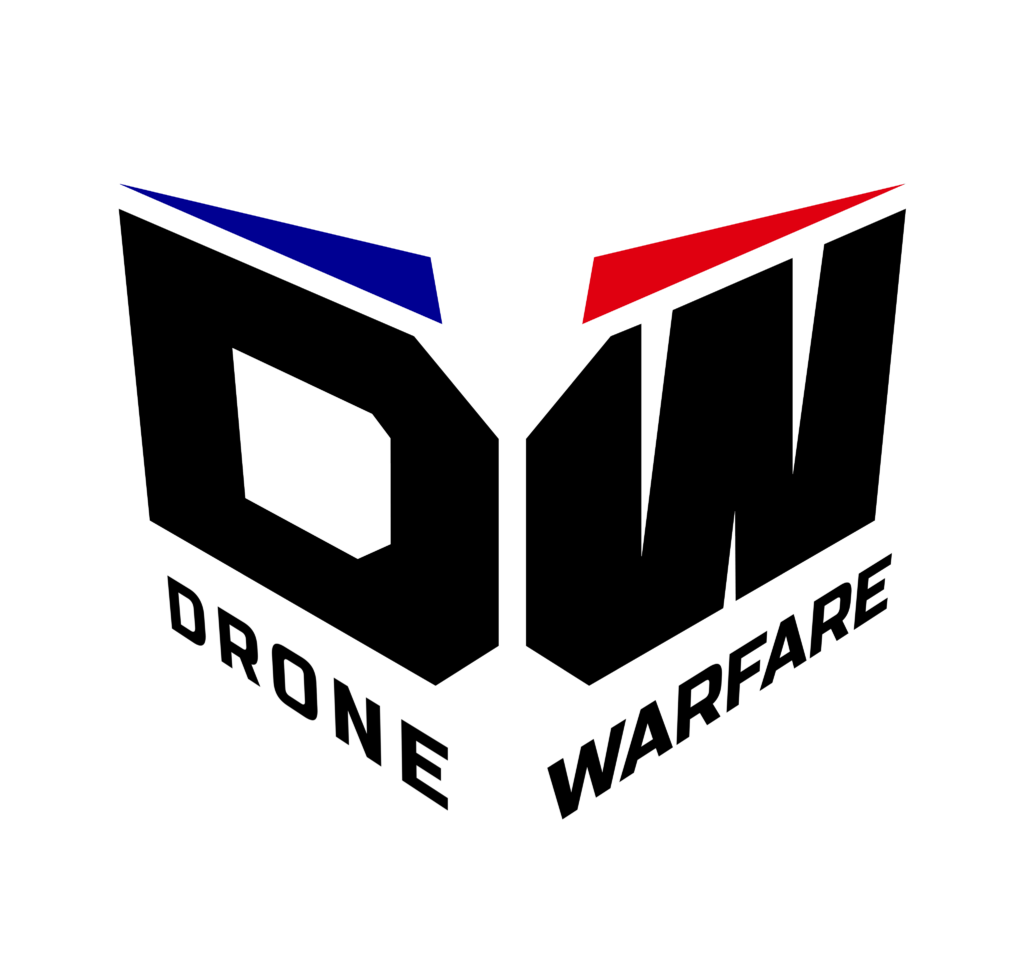
A Drone Warfare performance label
Thales proposes to coordinate the companies of the French Defence Technology and Industrial Dependenciesto bring the Drone Warfare offer to the French and foreign Forces.
To identify the coherent technologies of the Drone Warfare offer guaranteed by Thales, Thales is proposing a Drone Warfare performance label to French Defence Technology and Industrial Dependencies companies.
Over and above the compatible technical requirements for integration into combat systems systems, this visual identity embodies the “esprit de corps” of Drone Warfare ready to work together to meet the needs of the armed forces needs.
This label, shared by all those involved in the process, is based on the NATO drone symbolism, carried by the letters ‘D’ and ‘W’ for Drone Warfare.
Discover our solutions
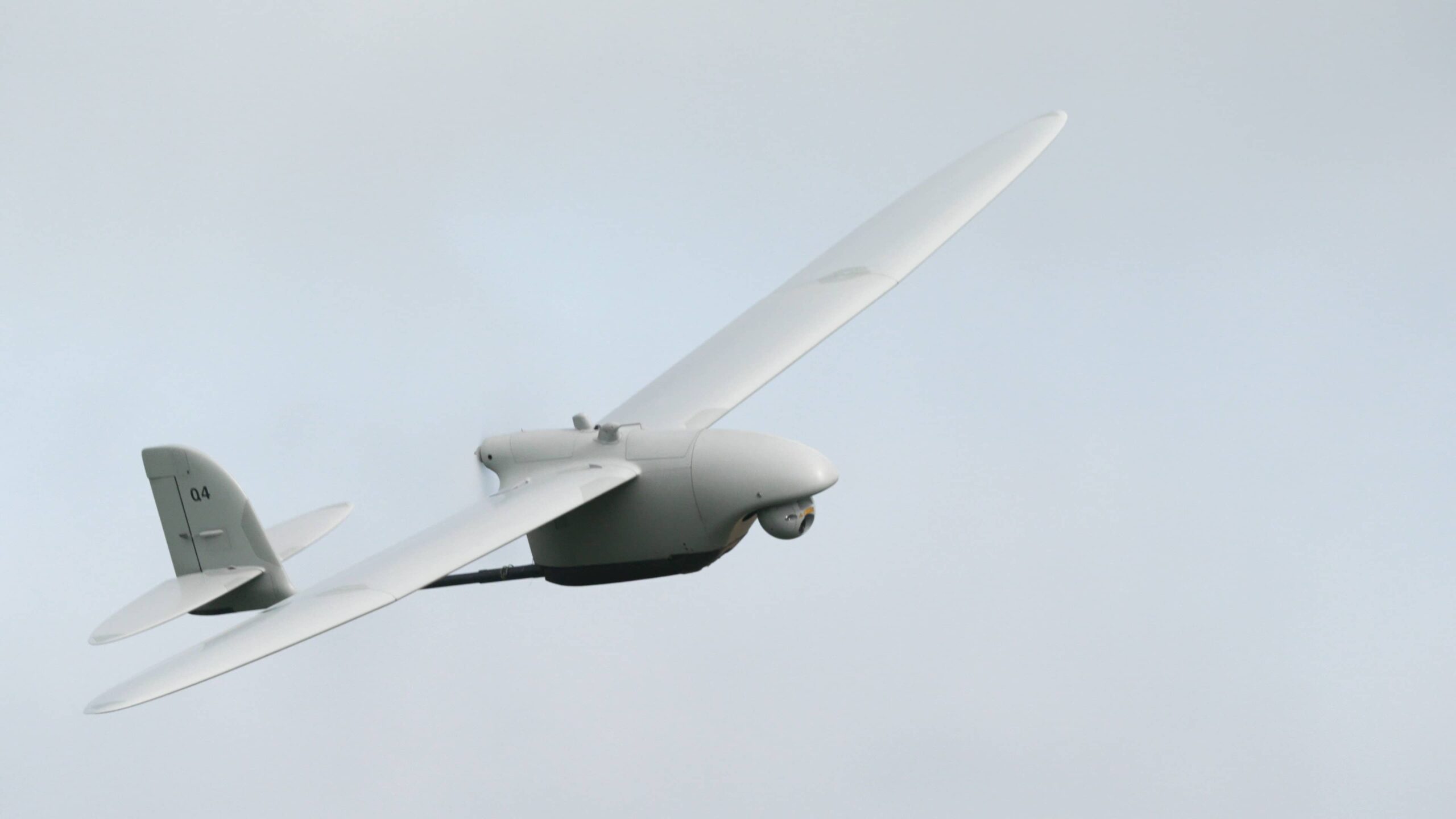
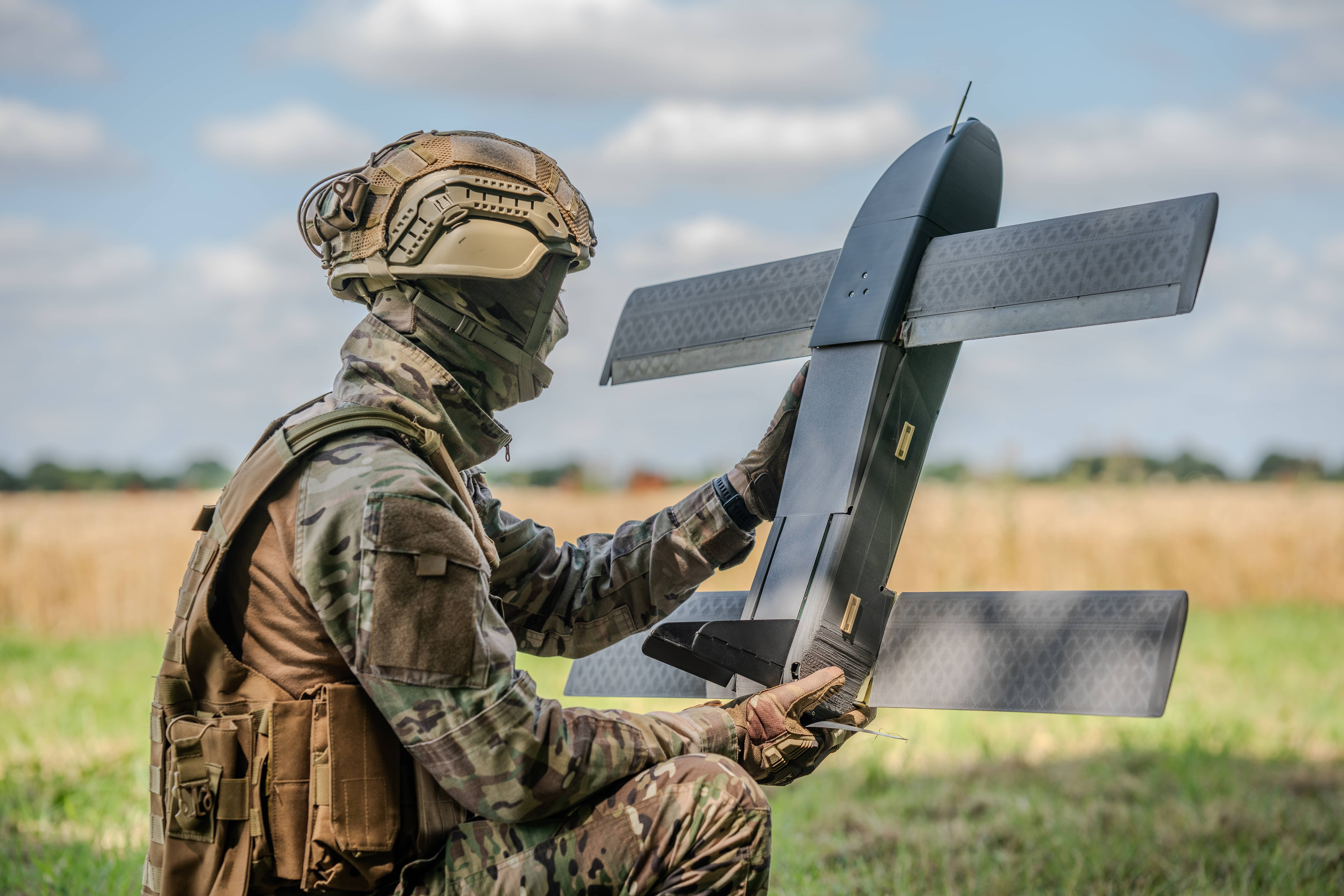
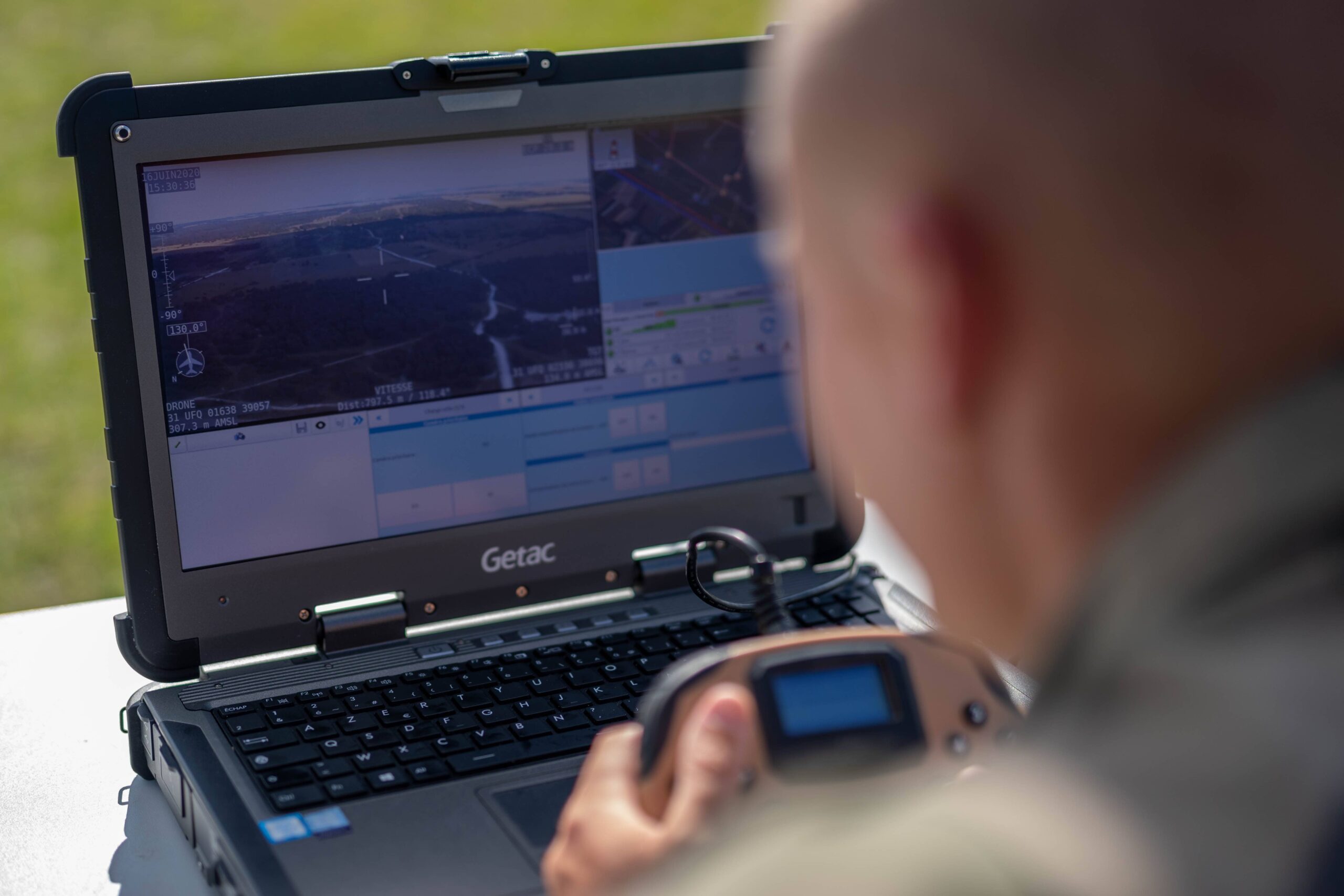
Our partners
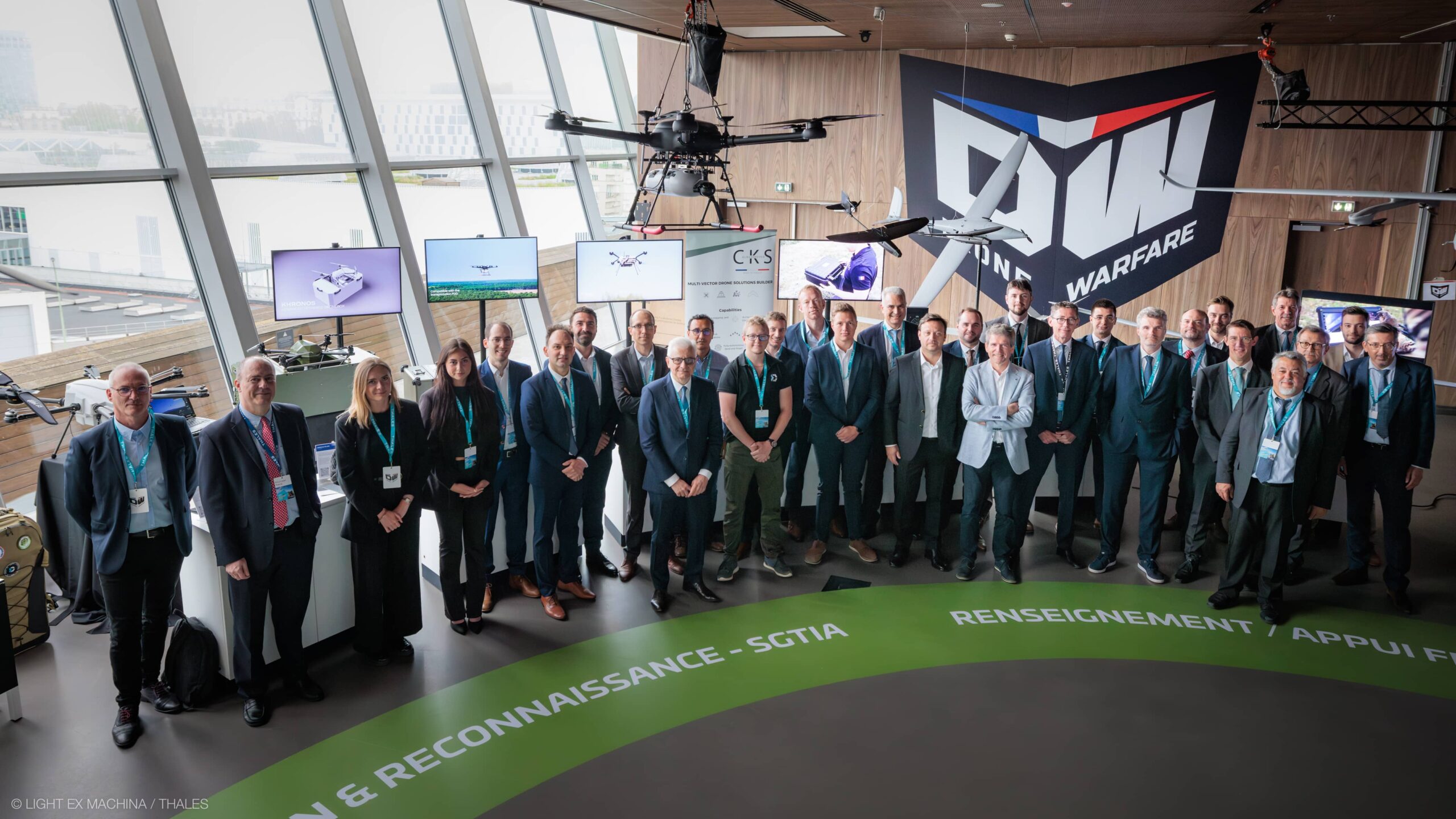
Let’s keep in touch
Reach one of our expert, or get our latest informations :
